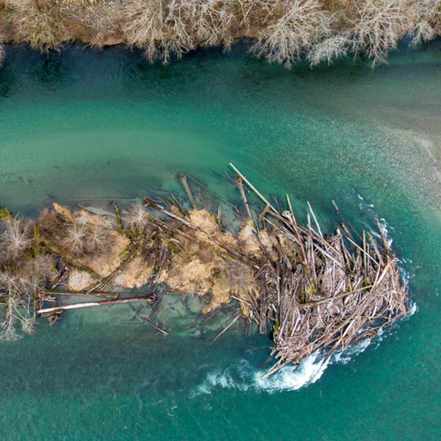When our community faces a disaster, how can we turn our wounds into wisdom?
Emergencies highlight the need for planning and strategy. When the Skagit River flooded, local farmers faced destruction and uncertainty. Local arts groups canceled performances and could not be paid when the pandemic hit. The Skagit housing shortage was exacerbated during both crises and has not yet recovered.
In March of 2020, the Skagit Community Foundation established the Skagit Disaster Relief & Recovery Fund in response to the pandemic. This Skagit County-specific Disaster Relief & Recovery Fund provides versatile resources to target emergency community needs for money, food, shelter, and more in all types of disasters.
Emergencies highlight the need for planning and strategy. When the Skagit River flooded, local farmers faced destruction and uncertainty. Local arts groups canceled performances and could not be paid when the pandemic hit. The Skagit housing shortage was exacerbated during both crises and has not yet recovered.
In March of 2020, the Skagit Community Foundation established the Skagit Disaster Relief & Recovery Fund in response to the pandemic. This Skagit County-specific Disaster Relief & Recovery Fund provides versatile resources to target emergency community needs for money, food, shelter, and more in all types of disasters.

Philanthropic dollars provide the fastest and most flexible money available in a crisis. With the increase in natural disasters, governments cannot fully fund the recovery of every disaster and their assistance is slow to reach those most in need.
Skagit Disaster Relief & Recovery grants are made through a collaborative approach, first prioritizing the most urgent needs and maximum impact. Since the Skagit Disaster Relief & Recovery Fund first launched, 103 total grants have supported 61 local nonprofit organizations during two emergencies: the pandemic for two years and the Skagit River flooding in November 2021.
Growing the Skagit Disaster Relief & Recovery Fund today eliminates the time lost for donations to be raised in reaction to a disaster.

The lesson we learned from our two recent natural disasters is the need to be proactive in preparing for the next catastrophe our community will face.
The Skagit Community Foundation is seeking to build the Skagit Disaster Relief & Recovery Fund to ensure a rapid and effective response next time.
During natural disasters or emergencies, the most resilient communities - places that suffer the fewest casualties and rebuild more quickly - are not the wealthiest neighborhoods or ones that have spent the most on physical infrastructure, but rather the communities with the strongest social infrastructure.
-Michelle Wu, Mayor of Boston, MA


